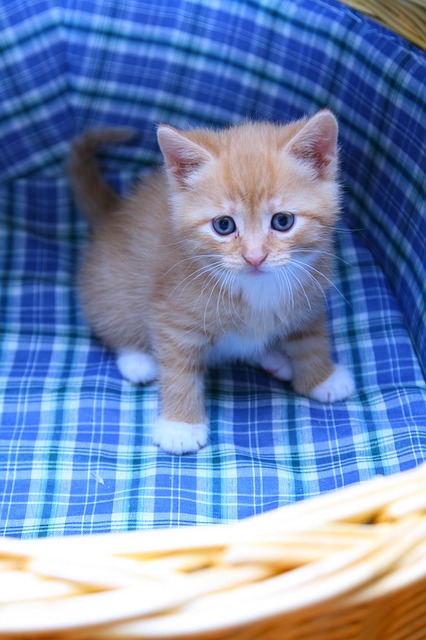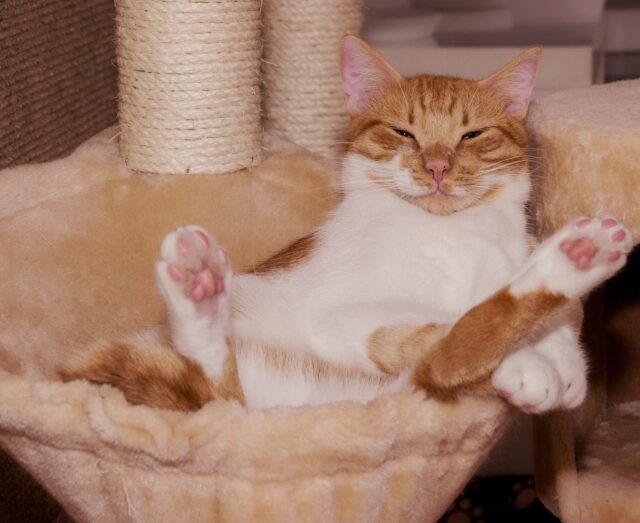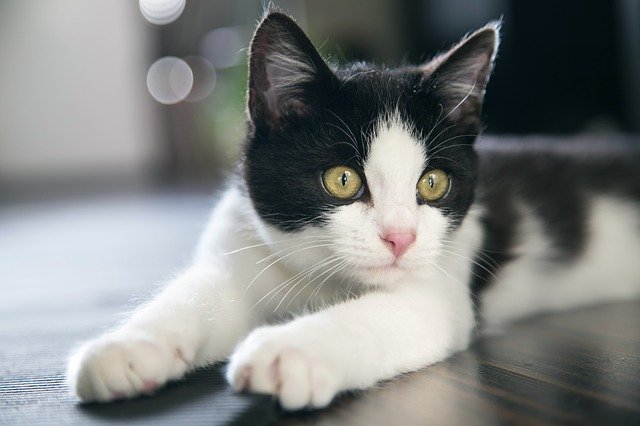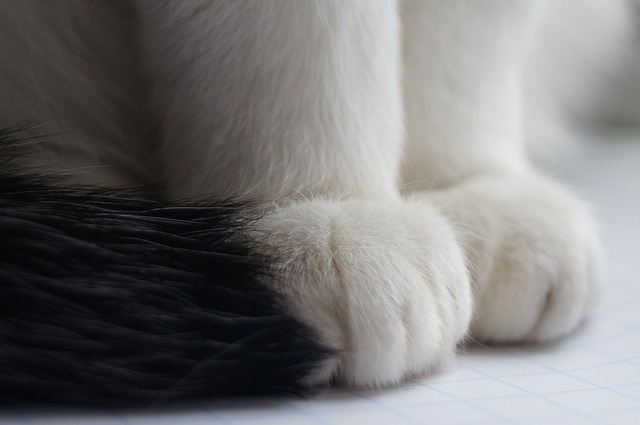
If you’ve ever been charmed by a cat whose toes resemble they’re dressed in tiny white mittens, you’re not alone. These charming features—often called “socks”—are adored by cat lovers everywhere and are not only irresistibly cute, but also rooted in the science of feline genetics and the history of cat domestication.
So why do some cats have white paws? To understand this phenomenon, we have to go back nearly 10,000 years, to when humans started forming agricultural societies. As people settled and stored grain, it attracted rodents, which in turn drew wild cats that were happy to feast on the new food source.

According to Leslie Lyons, professor emerita and head of the Feline Genetics Laboratory at the University of Missouri, traits like white paws began appearing as wild cats evolved alongside farmers and their families. Over generations, these cats were selected for their friendliness and their utility in pest control. And as humans shaped the breed, subtle physical changes appeared—including the adorable white-footed trait.
What’s the genetic reason behind the socks? It all boils down to pigment-producing cells, scientifically referred to as neural crest cells. These cells originate along what will become a kitten’s back and gradually spread outward. If they don’t make it all the way to the paws, the result is white feet.

These markings are not random. The white paw phenomenon occurs when there’s a partial migration failure of these pigment cells during embryonic development. So, a cat walking around in what looks like socks is, in fact, showing the result of genetic timing and cell movement during its earliest days in the womb.
Interestingly, these “socks” weren’t favored in the wild. In natural environments, camouflage is crucial for both hunting and staying safe. The small wild cat ancestor of today’s domestic feline, Felis silvestris, generally had fully pigmented coats to better blend in.

However, as humans took cats in and began selectively breeding them, traits once disadvantageous in the wild—like white paws—became common. There is even a proposed link between these white markings and tameness. Lyons notes that animals selectively bred for calmness often display white feet and other depigmented areas. This pattern can be seen across various domesticated animals, not just felines.
- White paws may reflect breeding choices favoring friendlier, calmer cats.
- They result from genetics—specifically when pigment cells fail to reach the paws during early development.
- These markings were rare in wild cats, who needed camouflage to survive.

Throughout history, humans have been naturally drawn to certain physical features in animals. Just like someone might say “That kitten with the white feet is my favorite,” early agrarians may have chosen to keep and breed cats with this unique look. Over time, this partiality contributed to the prevalence of white feet among domestic cats.

So next time you’re admiring a feline’s perfect white toes, know you’re looking at the product of ancient human preference, calm tendencies, and precise cell migration. Whether curled up in your lap or sprawled across a sunbeam, these socked paws are living proof of the quiet partnership forged thousands of years ago between cats and people.

Frequently Asked Questions About White-Pawed Cats
- Are white paws a sign of domestication? Yes. White paws are commonly seen in domesticated cats and are rare among wild species.
- Do cats with white paws behave differently? They might. Calmness has been linked to white markings in domesticated animals.
- Why don’t wild cats have white feet? Because white wouldn’t help them blend in with their surroundings, unlike the solid, camouflaged coats of their wild ancestors.
- How are white paws inherited? Through incomplete pigment cell migration during early embryo development.
- Can any breed have white paws? Yes. White feet can occur across various cat breeds and even mixed breeds.







Facebook Comments